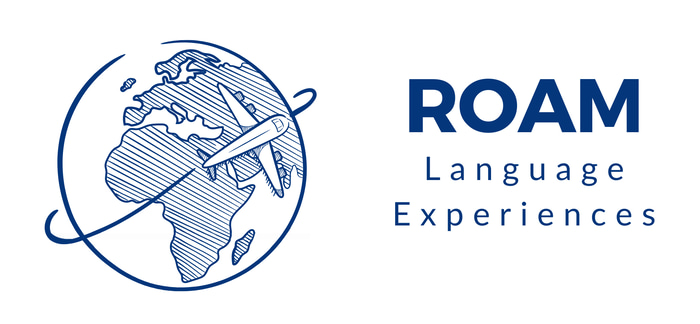The ROAM difference
Less time seeing language, more time doing language
ROAM Language Experiences are different from many competitors' immersion-language programs. ROAM reduces tourism and maximizes realism. Students spend as much time as possible immersed in their target language through creative and exciting experiences led by passionate educators and engaging local experts.
Take your language learning into your own hands
Learn your language. Do your language.
There is no one-size-fits-all language journey.
Students are tracked based on their language levels, and form language cohorts with peers at similar levels. At ROAM, all student activities are built to meet student cohorts where they are in their language proficiency.




At ROAM, you're in the driver's seat.
ROAM students experience ample culture and history in their target language; instead of just being an audience to culture, students engage with locals and talk to artists, experts, and creators to get behind-the-scenes with their target culture.


Passionate educators for passionate students
ROAM staff is made up of current classroom teachers and professors who love the languages they teach. All staff provide on-site programming in line with their passions. While one ROAM staff member might teach students how to use public transportation in their target language, another might take students on a nature walk with a local arborist -- and more!


Finding each other, finding ourselves
Students build character as they meet fellow language-learners from across the world. ROAM students discover who they are in their second language as they make friendships and lean on each other as they take on the challenges of living and working in their second language.
ROAM Language Experiences provide impactful, short-term immersive experiences for students to grow in their language. The program’s activities are scaffolded to support student comfort and desire to take risks.
Days 1-4: Initial Immersion
In the first few days of ROAM, students experience at least 90% language immersion through experiential activities; often, this can include guided tours and hearing from locals share their experiences. In tandem with team-building exercises, students are ready by day 4 to increase production of their target language.
Days 5-11: Participative Immersion
During the main part of the ROAM program, students take on experiences that involve their participation and interaction with local people. Examples may include a small-group conversation with an artist or an interactive cooking demonstration. ROAM staff members support students during this portion of the program through “language-immersion activities,” in which students are guided in small groups as they learn skill-based language use, such as how to get first aid and use a pharmacy, and culture-based language use, for instance in a conversation circle about street art.
Days 12-14: Individualized Immersion
As the students close their ROAM experience, they talk with locals and other study-abroad students about their experiences as language learners. Activities guide students to picturing themselves using their target language in their future professional and personal lives.


